This all started when Craig and I were talking about some friends wanting to start to do professional sports photography and what gear they should get.
There’s a wealth of high end gear – just waiting for a new lease on life. This article is going to deal mostly with the professional segment and how to really start on a budget.
Not everyone needs mirrorless or even needs top end gear, and alot of this equipment literally went to war.
The prices listed here are approximate as they depend on inventory, wear and cosmetic appearance, and in the case of DSLR’s, your number of shutter actuations.
This list is by no means exhaustive. The Canon EF system has a wide range of cameras, lenses and accessories, most of which can be bought in excellent working order for pennies on the dollar.
We hope this article gets you thinking outside of the box.
Canon EOS-1D X Mark II
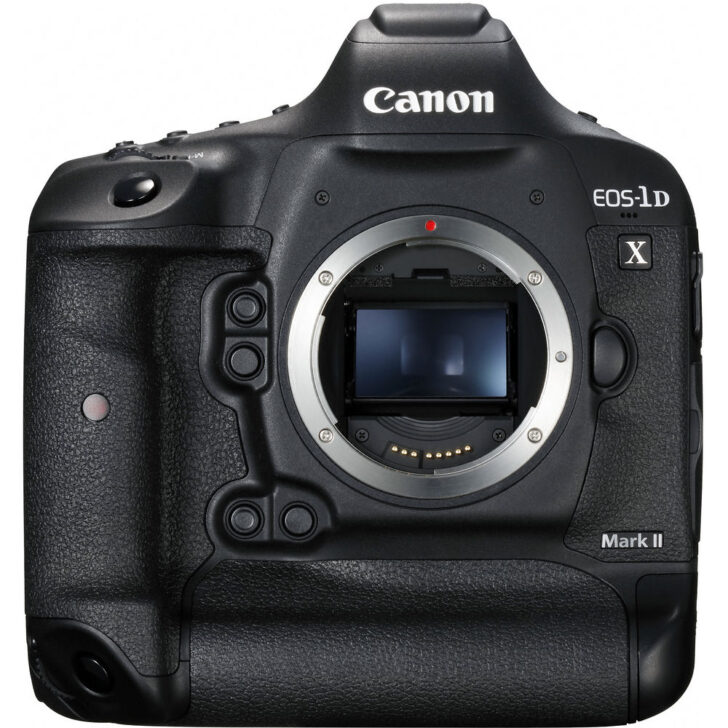
Any of the 1DX camera line is more than adequate as your first professional camera. The 1 series cameras are meant to survive in the harshest of conditions, and keep on shooting. They also have the bigger batteries necessarily to drive telephoto lenses faster.
These cameras can do it all with excellent auto focus and fast performance, not to mention that they can take a beating or be used to prop up a car if you need to replace a tire.
The Canon EOS-1D X Mark II features:
- 20.2MP Full-Frame CMOS Sensor
- Dual DIGIC 6+ Image Processors
- 3.2″ 1.62m-Dot Touchscreen LCD Monitor
- DCI 4K Video at 60 fps, 8.8MP Still Grab
- 61-Point High Density Reticular AF II
- Native ISO 51200, Expanded to ISO 409600
- 14 fps Shooting, 16 fps in Live View
- Dual Pixel CMOS AF and Movie Servo AF
- Built-In GPS, CFast & CF Card Slots
Of course, the best thing about purchasing a 1DX Mark II used is the price. For around $1800 USD you get a 1 series camera body at a fraction of what you would pay for one new – and when you are just starting out professionally, it’s more than enough camera.
1DX Mark II
Price will vary depending upon wear and shutter count.-
20.2MP Full-Frame CMOS Sensor
-
14 fps Shooting, 16 fps in Live View
Canon EOS 5D Mark IV

At the time of release this was one of the best wedding cameras available. With excellent autofocus and performance backed by a magnesium alloy sealed body construction.
The good thing is that many professionals have moved up to the R5 lineup of cameras, leaving this camera at a bargain price of less than $1200 these days.
Canon EOS 5D Mark IV Features:
- 30.4MP Full-Frame CMOS Sensor
- DIGIC 6+ Image Processor
- 3.2″ 1.62m-Dot Touchscreen LCD Monitor
- DCI 4K Video at 30 fps; 8.8MP Still Grab
- 61-Point High Density Reticular AF
- Native ISO 32000, Expanded to ISO 102400
- Dual Pixel RAW; AF Area Select Button
- Dual Pixel CMOS AF and Movie Servo AF
- 7 fps Shooting; CF & SD Card Slots
- Built-In GPS and Wi-Fi with NFC
Canon EOS 5D Mark IV
Price will vary depending upon wear and shutter count.-
30.4MP Full-Frame CMOS Sensor
-
7 fps Shooting; CF & SD Card Slots
Canon EF 70-200mm F2.8L IS USM II
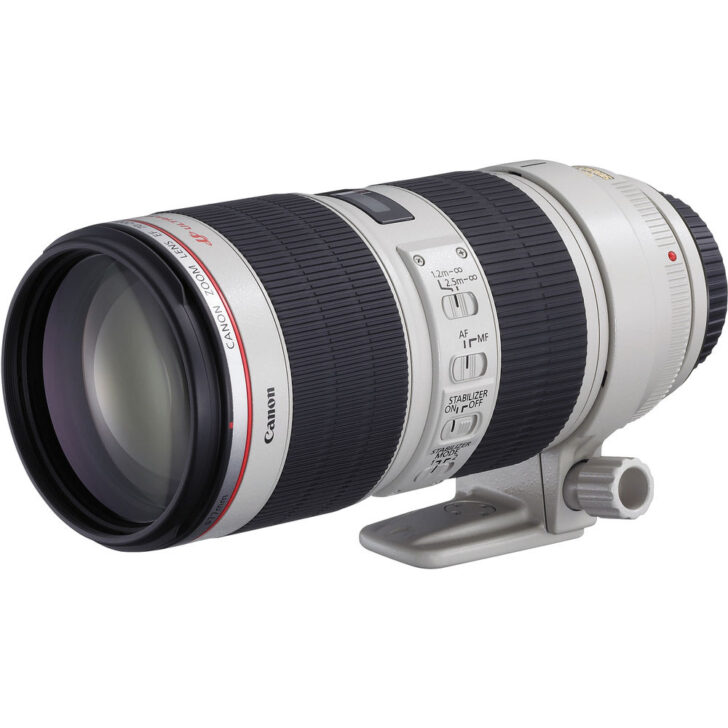
The Canon EF 70-200mm F2.8L IS USM and Canon EF 70-200mm F2.8L IS USM II were the workhorse lenses for countless professionals. They are excellent lenses and usually fair easy to pick up for around $1200 or less depending on the wear on the lens. Keep in mind that most lenses have wear and that it’s purely cosmetic.
Canon EF 70-200mm f/2.8L IS USM Features:
- EF-Mount Lens/Full-Frame Format
- Aperture Range: f/2.8 to f/32
- One Fluorite Element & Five UD Elements
- Super Spectra Coating
- Ring-Type Ultrasonic Motor AF System
- Optical Image Stabilizer
- Internal Focus, Focus Range Limiter
- Weather-Sealed Construction
- Detachable, Rotatable Tripod Collar
- Rounded 8-Blade Diaphragm
Canon EF 70-200mm F2.8L IS USM II
Price will vary depending on wear-
Weather-Sealed Construction
-
Internal Focus, Focus Range Limiter
-
Aperture Range: f/2.8 to f/32
Canon EF 600mm F4L IS USM

This lens is part of the lens series that Canon calls the “big whites”. These lenses are and were the pride of Canon’s optical engineering talent.
These lenses go for around $10,000 or more new, so major savings can be had picking up these lenses used, as the used lenses can be found around $3000. While that’s a lot of money, you are getting one of the best telephoto lenses in the market.
Even if later you move to the RF mount, this lens can be used with an RF mount camera by using an adapter.
Canon EF 600mm f/4L IS USM Features:
- EF mount; super telephoto lens
- Fluorite and Ultra-low Dispersion-glass
- Image stabilizer
- Internal focusing
- Full-time manual focus
- 600mm focal length
- f/4 maximum aperture
- UltraSonic Motor (USM)
Canon EF 600mm F4L IS USM
Wear will usually determine pricing-
EF mount; super telephoto lens
-
600mm focal length



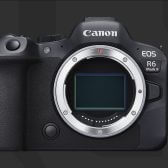
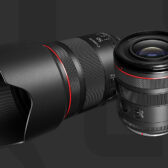
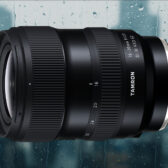
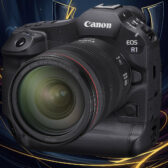
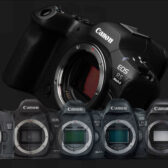
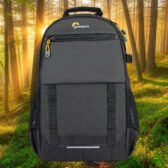
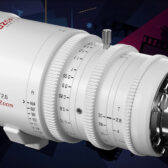


Absolutely.
I have owned every 1 series camera since the EOS-1Ds Mark II.
EOS-1D Mark IV, a terrific camera and got us past the EOS-1D Mark III drama fairly quickly. The issue that may matter? APS-H (1.3 crop). There were no wider angle lenses made for the sensor size and if you want to get wide, the 14mm f/2.8L and 11-24 f/4L are both still on the pricey side.
The EOS-1D X line is a far better choice across the board. That was probably the biggest 1 series jump in capabilities from the EOS-1D Mark IV. The rest of the EOS-1D X series is the usual evolution upgrades. The way Canon somehow finds ways to subtly change things and make them better is pretty wild. Even the EOS R1... so many great changes from the amazing EOS R3. So any EOS-1D X is a great choice.
The EOS-1D X Mark III is the best DSLR ever made. I bet during Black Friday, the Canon USA store will have refurbished inventory for sub $3000, and with a warranty.
One might also consider Canon service end dates.
The EOS 5D Mark IV, do you want something smaller and with higher resolution? It was also a well refinded camera in the 5D series.
So it really comes down to, do you want speed, tank like build quality, intergrated grip? There is no better line of cameras ergonomically out there... sorry Nikon.
I have twice recommended EOS-1D X cameras to "sports dads", and both continue to send me images... they're in love with the cameras and saved a pile of money over RF.
All of the EF 70-200mm f/2.8s are great, even the non-IS version. Skip version III, it costs more than the II and the difference is really only a new paint job.
When I owned Lens Rentals Canada, I owned everything that was on the market at the time (Canon and Nikon)... Canon lens lineup included. Even the 50mm macro! (Great lens for art reproduction... maybe the best ever for 35mm)
I can answer any other queries you may have.
Lets say they are a wedding or event photographer, so the modern AF would IMO trump the 5D's perks, such as a weather sealed body, no? With EF-RF adapter they could also get cheaper used EF glass. Granted, only one SD card slot, which could be an issue.
Edit: scratch that, I just saw this was specifically for sports photography.
That´s some good advice! I gave a few soccer dads the advice to get a used R6. They got it sub 1.000 € and they are very happy with. I thinking just now, I should call them and ask what lenses they are now using.
I am sooooo happy with my RF 70-200mm F4, but if I need a F2.8 for sports one day, I'll consider the EF version due to it´s price point.
There are more differences still. The R8 supports all current Canon speedlites, including the EL-5, which is (for me) the absolute best Canon speedlite for the money right now. It also supports the new audio adapter, and the hotshoe mics. But the dual card slots can’t be underestimated, as well as the massive advantage in battery life for the DSLR. The 5DIV is also much more configurable, and offers a ton of control points. The R8 is much more spartan in that regard.
Considering cameras for professionals or people who have decided to pro, even the R3 price for used copies has dropped significantly lately. If you need sturdy built, R3 is the clear choice and R6 can't compete with it.
R cameras do get a lot of firmware updates and speed wise (FPS/ AF) the R6/ R3 should outcompete the DSLR. As Neuro pointed out, some newer sensors also out-resolve the older sensor despite having a lower mp count.
Buying second hand and then selling it later (assuming reasonable use) generally means not losing much money and maybe even making a little money in the transaction. So in a sense, it is a good way to try before you commit - especially for countries that don't have a reasonable rental option like Australia.
Buying second hand when you don't know how much you will use a lens and if you don't use it much then sell it. In my case, my 8-15/4, EF100 macro and Sigma 20/1.4 were all ones that I didn't want to over invest but have ended up using them more than I expected. I've recently upgraded to the RF100 macro and sold the EF100 for the almost the same cost... within hours and in the same suburb!
Lastly, if you still have adapted EF lenses that you use on a R mount body, then a EF mount DLSR can be a reasonable backup body for those EF lenses.